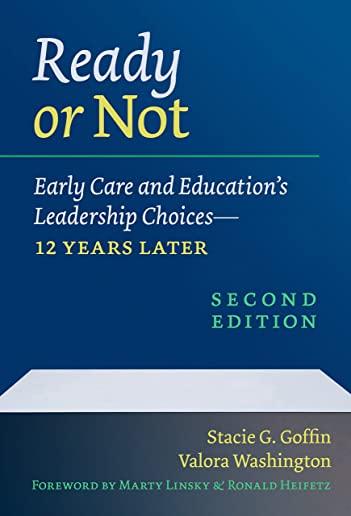
Buchwald, Henry
The golden era in American surgery, described by a young doctor practicing under innovator Owen Wangensteen at the University of Minnesota
In 1960, fresh out of a stint in the Air Force, Henry Buchwald was recruited by Dr. Owen H. Wangensteen to join the Department of Surgery at the University of Minnesota's medical school. For an American born in Austria, a child of the Holocaust, a position in a city then considered by some to be the "anti-Semitic capital of the United States" might seem an uneasy fit, but in the culture of innovation created by Wangensteen, Buchwald, who had chafed against the rigidity of East Coast medical practice, found everything an imaginative young surgeon could have asked for. Surgical Renaissance in the Heartland is the story of a golden era in American surgery, ushered in by Wangensteen's creative approach to medical practice, told by one who lived it.Buchwald describes the roots, heritage, and traditions of this remarkable period at the University of Minnesota's medical school, where the foundations of open-heart procedures, heart and pancreas transplantation, bariatric surgery, implantable infusion pump therapies, and other medical landmarks originated. Buchwald's account of the Wangensteen era brings to life a medical culture that thrived on debate and the expression of ideas, a clinical practice bound only by the limits of a surgeon's inspiration and imagination. As entertaining as it is informative, Surgical Renaissance in the Heartland effectively conjures the character--and characters--of a time that forever changed medicine and the lives of millions.
member goods
notems store

Extemporaneous Formulations for Pediatric, Geriatric, ...
by Jew, Rita K.
Paperback /Paperback$83.30






